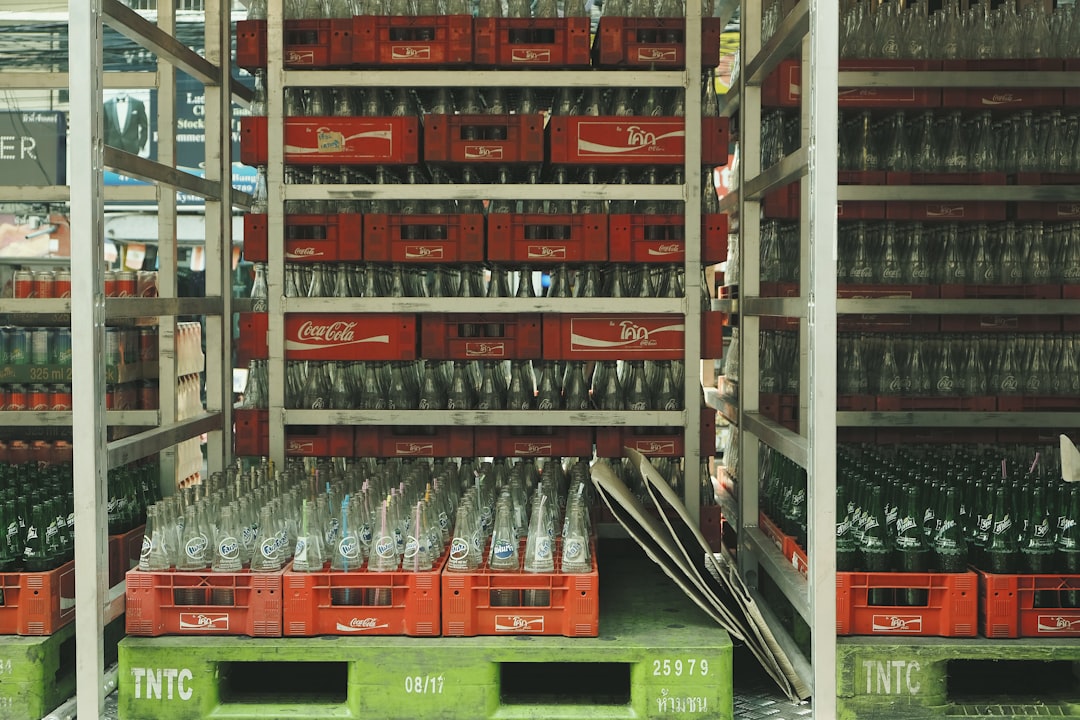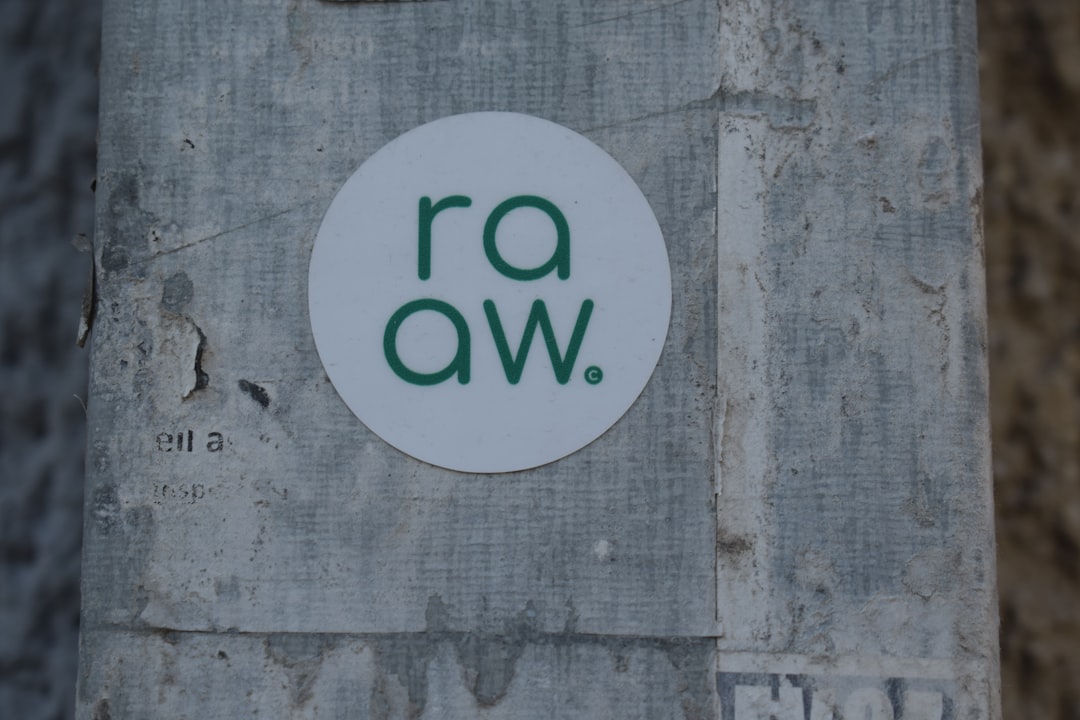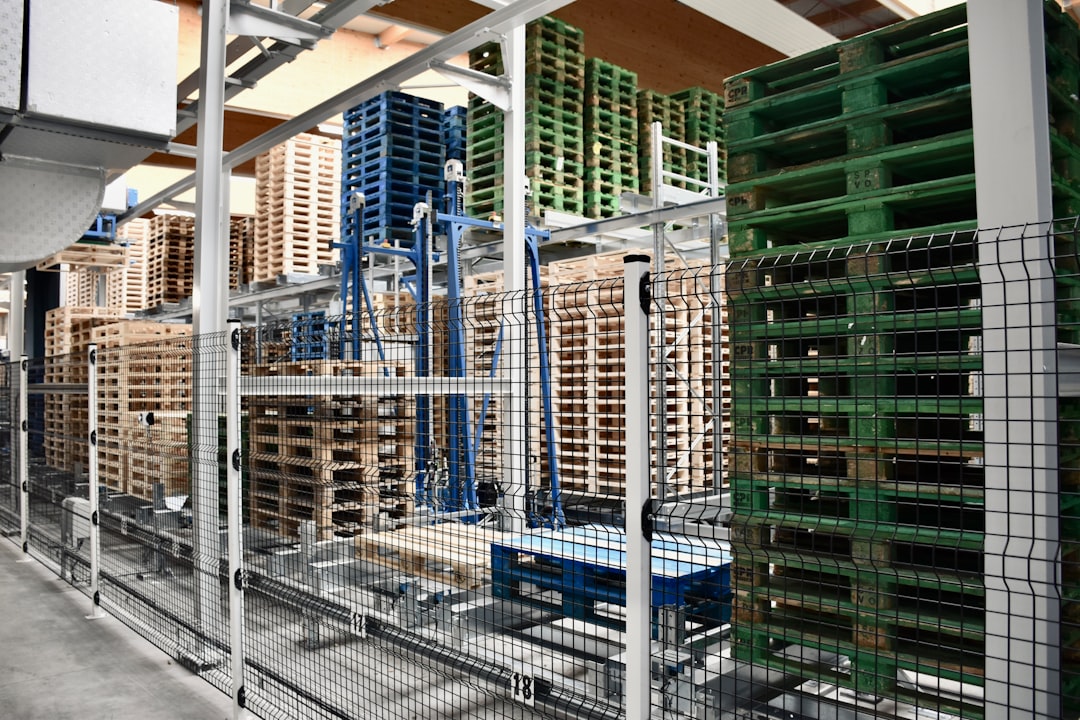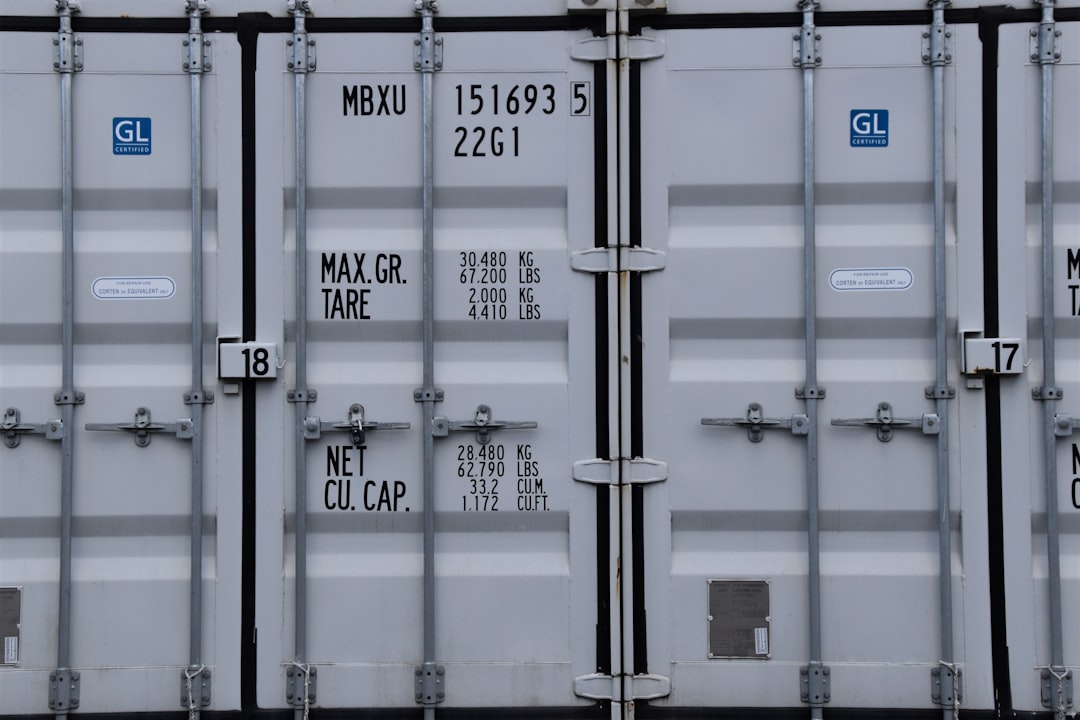

Engage prospects with a scan and streamline customer engagement with FREE QR code marketing tools by Sona – no strings attached!
Create a Free QR CodeFree consultation

No commitment

Engage prospects with a scan and streamline customer engagement with FREE QR code marketing tools by Sona – no strings attached!
Create a Free QR CodeFree consultation

No commitment
In today’s digitally driven world, QR codes have emerged as essential tools for bridging offline and online experiences for twine suppliers. Relying solely on printed catalogs, in-person consultations, or static product displays often means missed opportunities. Buyers are left searching for details, unable to compare products efficiently, or waiting for slow manual follow-up, which can result in lost high-value prospects who may never enter your CRM or sales pipeline.
Twine suppliers, serving everyone from industrial manufacturers and packaging firms to craft enthusiasts, are under mounting pressure to provide rapid access to product specifications, pricing, sustainability credentials, and real-time inventory. Modern QR codes bridge physical encounters with rich digital content: a simple scan allows clients to compare twine options, submit tailored quote requests, or dive into eco-friendly sourcing details. See examples across industries in this overview of QR opportunities. Instant engagement is crucial given the challenge of tracking anonymous visitors or event attendees whose interest otherwise remains invisible.
Embedding QR codes across print collateral, product packaging, and event materials empowers twine suppliers to streamline lead capture, increase buyer engagement, and transform every touchpoint into a measurable opportunity for growth. By surfacing engagement signals at the earliest stages, suppliers can nurture leads more effectively and respond before competitors step in.

Physical-to-digital friction has long limited the reach of twine suppliers, making it challenging to identify interested buyers and collect actionable data. QR codes now offer a direct, low-barrier bridge between offline marketing assets and digital journeys. Instead of waiting for prospects to fill out forms or track down support, suppliers can enable on-demand access to interactive product guides, instant quote tools, and dynamic price comparison modules. Each scan not only delivers information but also captures intent signals that can be automatically synced to CRM and lead nurturing platforms, solving the chronic issue of missing high-value prospects who do not self-identify through legacy channels.
The first step is to replace outdated analog processes with scan-and-serve experiences. Printed brochures become gateways to living catalogs. Paper sign-up sheets at trade shows become mobile-friendly forms that feed your CRM instantly. In-store questions about tensile strength or compostability become self-service micro-sites that buyers can explore on their phones. With a unified QR platform such as Sona QR, suppliers centralize code creation, routing, and analytics, making it easy to iterate quickly and continuously improve results. Start creating QR codes for free at Sona QR.
In the current market landscape, twine suppliers struggle to engage buyers who expect instant answers and digital convenience, yet often interact with brands in person or through printed material. The lack of real-time visibility into which products and campaigns drive interest frequently leads to missed opportunities, inefficient outreach, and wasted marketing spend. Modern QR codes close this gap by transforming physical encounters, such as a spool of twine at a trade show or a direct mail flyer, into interactive digital touchpoints. This transition is particularly important when buyers research products but do not immediately reach out, potentially remaining unknown and unpursued. Dynamic QR solutions now enable suppliers to update content post-print, capture scan data for precise retargeting, and better attribute which marketing assets actually drive revenue. As a result, companies gain actionable insights into what prospects care about most and can prioritize their outreach, leading to timely engagement that reduces the risk of losing leads to faster-moving competitors.

Twine suppliers face the challenge of providing comprehensive, up-to-date information through channels that traditionally lack interactivity. By leveraging QR formats that match buyer intent, suppliers address this need while minimizing manual follow-up and disconnected experiences. Selecting the right format ensures that the scan triggers immediate, valuable action that fits the moment, whether that is comparing tensile strength across fibers or submitting a bulk order inquiry.
In this vertical, the most useful formats prioritize product discovery, instant contact, and frictionless data capture. Dynamic QR codes add a layer of agility for teams managing frequent specification updates or promotional changes. Static codes still play a role in low-change assets like a permanent care guide or a fixed safety sheet, but most revenue-driving use cases benefit from dynamic links and analytics.
Strategically embedding QR codes on product packaging, trade show materials, or in crafting kits helps suppliers identify which buyers display genuine purchase intent, then feeds that data into future marketing and sales efforts. When each format is matched to the right objective, scanners move seamlessly from curiosity to clarity, and teams capture the insights required to act quickly.

Identifying where buyers most often engage physically but typically go untracked is essential for twine suppliers seeking to increase pipeline velocity and minimize leakage. These offline moments are powerful because they concentrate intent in specific contexts such as a machine room, a shipping bay, or a makerspace. QR codes convert that intent into measurable action and subsequent follow-up.
Focus on touchpoints where questions frequently arise or where information changes over time. This is where dynamic content delivers the greatest value. It is also where trained staff can invite scans with a clear benefit statement, such as scan to compare tensile strength or scan for bulk pricing.

The diversity of twine applications, from industrial and packaging to crafts and agriculture, means one-size solutions often fall short. QR codes let you tailor buyer journeys by segment and context while capturing granular intent signals at every touchpoint. When each use case is attached to a clear outcome and conversion path, you move from generic engagement to revenue impact.
Below are three high-ROI use cases that align tightly with common twine purchasing scenarios and buyer questions. Each can be built with dynamic QR codes so you can adapt content without reprinting, test messages, and log performance at the campaign, location, and SKU level.
A recurring challenge in the twine supply market is distinguishing casual curiosity from purchase-ready intent, especially when researchers prefer to stay anonymous until they are certain of fit and pricing. Strategic QR deployment solves this by assigning meaning to each scan based on context, asset, and call to action. The result is a set of high-fidelity audience segments that outperform generic lists in both conversion rates and cost efficiency. For execution, see Sona’s Playbook titled intent-driven retargeting: driving high-impact campaigns with first-party intent signals.
Map your codes to funnel stages and buyer roles, then tag each scan with UTM parameters and metadata. Industrial procurement scanning at a trade show has different needs than a craft retailer scanning a packaging insert. These distinctions power relevant nurturing, competitive differentiation, and better use of sales time.
With Sona QR, you can automatically sync each segment to tools like HubSpot, Salesforce, and Meta Ads. This enables behavior-based nurturing, lookalike modeling from high-value scan cohorts, and real-time alerts for sales reps when priority codes are scanned by named accounts or at strategic events.
Disconnected campaigns create inconsistent messaging and missed revenue. QR codes unify print, packaging, in-store experiences, and digital follow-up so every interaction is measurable and actionable. When your QR strategy mirrors the buyer journey across channels, you deliver contextually relevant content and capture attribution data that your team can use immediately. For attribution frameworks and trade-offs, read Sona’s blog post titled single vs multi-touch attribution models.
Use a centralized management platform to create, style, and monitor all codes in one place. This avoids duplication, ensures your brand look and feel is consistent, and makes it simple to run A/B tests. With Sona QR, scan data flows directly into your marketing and sales systems, making QR a native part of your growth engine instead of a disconnected tactic.
Launching a QR initiative is straightforward when you anchor each step to a clear business outcome. The five steps below form a repeatable playbook for planning, deploying, and optimizing campaigns that turn every physical surface into a performance channel.
Start with a single, high-value friction point. Common examples include slow manual comparison of eco-friendly twine at trade shows, missed follow-ups due to paper sign-up sheets, or lack of product detail at the shelf. Define the buyer action you want in response to a scan, such as viewing a comparison chart, submitting a quote request, or downloading a spec sheet.
Outline success metrics and timelines. For a trade show, your goal might be a 40 percent increase in qualified leads with complete contact data and a 24-hour follow-up SLA. For packaging, your goal might be a 20 percent increase in reorder scans and a measurable lift in repeat purchases within 60 days.
Choose static or dynamic based on your need for agility and measurement. Static codes are fine for evergreen assets like a safety sheet. Dynamic codes are ideal for anything you want to update or track, such as promotions, new lines, or inventory statuses. Dynamic also enables UTM parameters and integrations with CRM and ad platforms.
Match the format to the action. Use web links for catalogs and comparisons, forms for quotes and samples, vCards for sales contact saves, and PDFs for technical or compliance documentation. Sona QR supports all of these types in one workspace, which streamlines management and testing.
Brand your codes with a logo, color frame, and clear call to action. Nearby copy should promise a specific benefit such as scan to compare tensile strength or scan for FSC certificate. Do not rely on a plain code with no context. Buyers scan when the value is obvious and immediate. For a quick refresher, watch this short video tutorial.
Test scannability across sizes, materials, and environments. Verify performance with multiple devices at different distances and angles. For glossy packaging or curved spools, use a higher contrast and larger quiet zone around the code. Print a short vanity URL near the code as a fallback for scanners with older devices.
Prioritize placements with concentrated buyer intent. On-product labels, shelf talkers, demo kiosks, sample packs, event backdrops, and direct mailers are all strong options for twine suppliers. Align the call to action with the context. At a booth, emphasize booking demos or downloading catalogs. On packaging, emphasize reorder, sustainability, or compatibility.
Train staff to prompt scans. Equip sales reps and booth teams with a one-sentence script that explains the benefit. Pair the QR code with a small incentive where appropriate, such as instant access to a bulk discount calculator or early-bird pricing on a new line.
Use a platform like Sona QR to monitor scans by time, location, and device. Review downstream behavior such as form completions, catalog views, and quote submissions. Set up alerts for high-intent actions, then refine placements or messaging based on what performs.
Iterate on creative and destinations. A/B test calls to action, landing page layouts, and content modules. Refresh dynamic QR destinations to reflect seasonal demand or newly surfaced objections. Fold insights back into your broader campaign planning so each new QR initiative starts stronger.
Visibility into which buyers engage and how those interactions translate to pipeline growth has long been a challenge, especially for complex or high-value twine sales where multiple stakeholders weigh in. Advanced QR platforms now connect the dots by recording each scan’s context and linking engagement to contact and account records in your CRM. This creates a line of sight from a physical scan at a booth to a closed-won deal months later. For a deep dive on measurement, read Sona’s blog post titled the essential guide to offline attribution: maximizing ROI through offline channels.
Attribution is where QR codes shine compared with traditional print alone. You no longer have to guess which flyer drove interest or whether packaging inserts pay for themselves. By tagging every QR destination with UTMs and integrating with systems such as HubSpot, Salesforce, and Sona.com, you gain a full picture of how offline interactions influence buying journeys.
Scaling QR impact depends on clear measurement, thoughtful design, and team enablement. In a category where many purchases are repeat or spec-driven, small improvements in scan-to-quote conversion and follow-up speed can produce outsized gains in revenue and retention.
Choose tactics that reinforce your existing strengths. If you excel at sustainability, power your packaging QR codes with certification dashboards and lifecycle content. If rapid delivery is your edge, route codes to live inventory and instant reorder flows. The best QR experiences feel like a natural extension of your brand promise.

A leading industrial twine supplier struggled with anonymous event traffic and unqualified leads. By placing dynamic QR codes on packaging samples and booth signage, they delivered instant durability certifications and machine compatibility videos. Each scan captured role data and product interest, which synced to their CRM. Post-event, the team nurtured engineering contacts with spec deep-dives and procurement contacts with bulk pricing calculators. The result was a meaningful lift in qualified meetings and a measurable reduction in manual data entry errors.
A packaging distributor replaced paper sign-up sheets with QR-coded banners and tablet stands at three regional trade shows. Attendees scanned to download catalogs and book 15-minute consultations. Using Sona QR, the distributor tracked scan volume by day and time, then staffed accordingly. Conversion from scan to booked meeting improved by more than 30 percent compared with the prior year, and the sales team reported better follow-up quality due to cleaner data. For inspiration, review this 900 signups case study.
In the craft segment, a supplier connected QR-enabled product tags to community galleries and beginner tutorials. Makers scanned to see real projects, rate twine feel and performance, and submit reviews. The supplier used this user-generated content in social campaigns and remarketing, building both advocacy and an intent-rich audience for new product launches.
QR codes are proving indispensable for twine suppliers looking to convert every offline encounter into a valuable, measurable digital interaction. By embedding these connectors at key touchpoints, businesses can surface buyer signals early, enrich CRM records with real-time data, and close the loop on marketing effectiveness. This reduces lost opportunities, improves conversion rates, and strengthens relationships in markets where fast, relevant responses matter.
As QR technology continues to mature, the opportunities for efficiency, differentiation, and ROI will only expand. Strategic placement transforms every spool, label, or printed piece into a gateway for engagement. With a platform like Sona QR and the attribution depth of Sona.com, you can manage codes centrally, evolve content without reprints, and trace the path from scan to revenue. Now is the time to turn each twine interaction into a meaningful, measurable step in your growth strategy. Start creating QR codes for free at Sona QR.
QR codes have revolutionized the twine suppliers industry by transforming traditional product information sharing into an interactive, measurable engagement tool. Whether it’s enhancing customer acquisition, streamlining inventory tracking, or providing instant access to detailed product specifications, QR codes replace cumbersome manual processes with seamless, mobile-friendly experiences that boost operational efficiency and customer satisfaction. Imagine your clients instantly accessing product details, handling instructions, or reorder options with a simple scan—making every interaction faster and more valuable.
With Sona QR, it’s effortless to create dynamic, trackable QR codes tailored for twine suppliers. Update campaigns instantly without reprinting, monitor scan data in real time, and connect each engagement directly to sales outcomes. No more missed leads or outdated brochures—just smarter, data-driven growth. Start for free with Sona QR today and turn every twine package into a powerful sales and service channel.
The article does not list specific top twine suppliers by region but suggests using QR code-enabled digital tools to discover and compare suppliers efficiently.
You can compare prices and quality by scanning QR codes that link to interactive product selectors, spec filters, and head-to-head comparison charts provided by twine suppliers.
Twine suppliers offer various types differentiated by fiber type, tensile strength, abrasion resistance, finish, and sustainability credentials, which can be explored via QR code-enabled digital catalogs and product details.
Choose a supplier who provides rapid access to detailed product specifications, real-time pricing, sustainability information, and easy digital engagement through QR codes that enable quick comparisons and tailored support.
Using twine from a supplier who leverages QR codes offers benefits such as instant access to product details, sustainability certifications, reorder options, faster research cycles, improved customer support, and measurable engagement leading to better service.
QR codes bridge physical and digital interactions by providing instant product information, price comparisons, sample requests, and sustainability details while capturing buyer intent to enable timely follow-up.
Useful QR code formats include web links to catalogs, vCards for contact info, forms for quotes and samples, PDF downloads for technical sheets, and dynamic codes for updating content and tracking scans.
Suppliers should place QR codes on product packaging, labels, event materials, flyers, shipment invoices, and marketing inserts to capture buyer engagement at key physical touchpoints.
By using centralized QR code management platforms like Sona QR, suppliers can monitor scans by time, location, and device, sync data with CRM systems, and measure engagement and conversion rates.
They should choose a clear use case, select appropriate QR code types, design and test codes with branding and calls to action, deploy across high-impact channels, and track and optimize performance continuously.
Dynamic QR codes allow suppliers to update destinations post-print, capture analytics, enable A/B testing, and integrate with sales and marketing systems, providing more agility and measurement than static codes.
Yes, QR codes on booth signage and sample packs enable attendees to download catalogs, view demos, and book consultations, increasing qualified lead capture and providing higher quality data than manual sign-up sheets.
QR codes on reels, pallets, or shipments can launch feedback surveys, troubleshooting guides, or live chat, improving customer satisfaction and identifying upsell opportunities based on real usage.
Real-time scan data allows sales teams to prioritize leads, tailor outreach based on buyer interest, respond quickly to inquiries, and reduce the risk of losing prospects to competitors.
Suppliers map QR code scans to buyer roles and funnel stages, tag them with metadata, and sync data to CRM and ad platforms to create high-fidelity segments for personalized nurturing and higher conversion rates.
Creative uses include linking packaging to sustainability dashboards, enabling project photo submissions via product tags, embedding codes in direct mail for personalized offers, and placing codes on digital signage and event materials.
Use Sona QR's trackable codes to improve customer acquisition and engagement today.
Create Your FREE Trackable QR Code in SecondsJoin results-focused teams combining Sona Platform automation with advanced Google Ads strategies to scale lead generation

Connect your existing CRM

Free Account Enrichment

No setup fees
No commitment required

Free consultation

Get a custom Google Ads roadmap for your business






Launch campaigns that generate qualified leads in 30 days or less.
